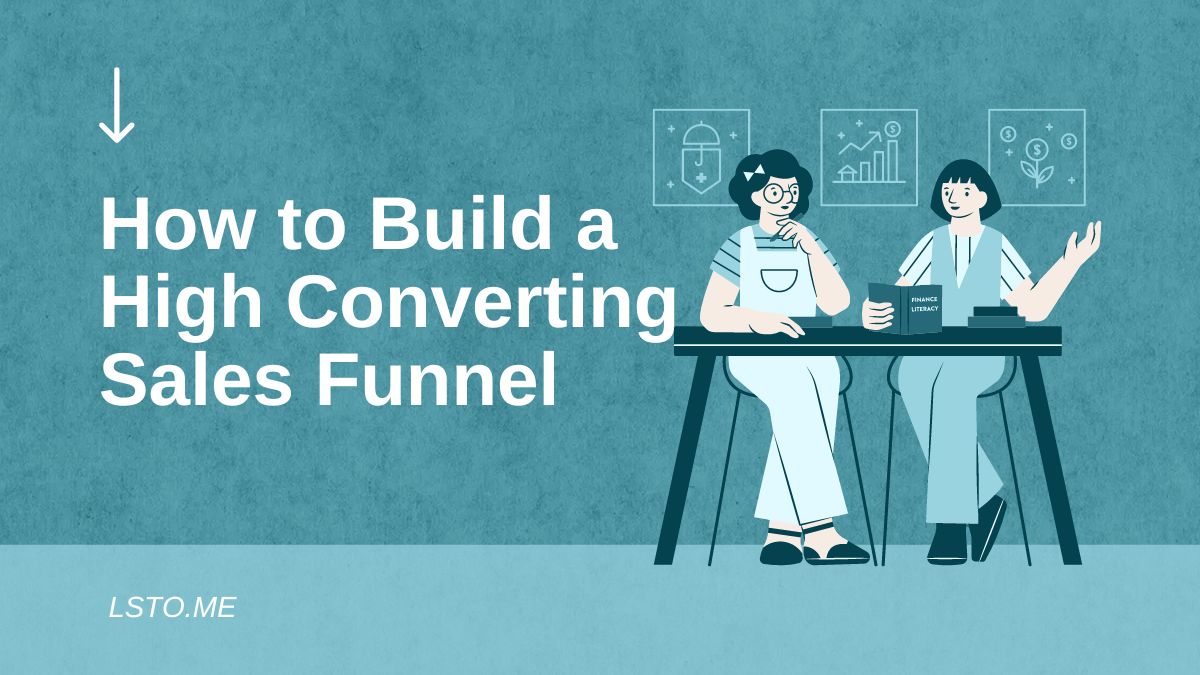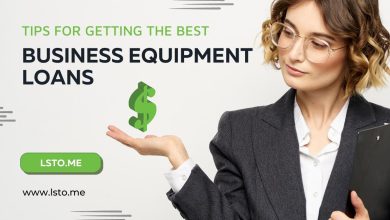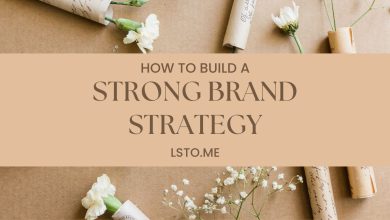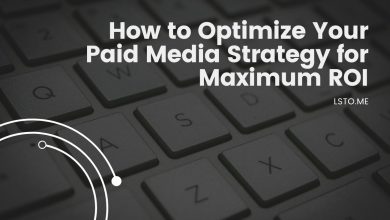
A sales funnel is a step-by-step process that leads potential customers from awareness of your brand or product to making a purchase. The sales funnel concept is old. But, businesses now use digital tools to optimize their funnels and boost conversions.
Building a high-converting sales funnel is essential for turning leads into paying customers. A structured, strategic journey can guide potential buyers through your funnel. It will maximize engagement and sales. This post will show you how to build a high-converting sales funnel. It can help your business grow.
What is a Sales Funnel?
A sales funnel represents the various stages a prospect goes through before becoming a customer. The typical stages include:
Awareness: The prospect becomes aware of your brand, product, or service.
Interest: The prospect shows interest in what you offer by exploring your content or website.
Consideration: The prospect evaluates whether your product or service solves their problem.
Conversion: The prospect takes action, such as purchasing a product or signing up for a service.
Retention: After the sale, you continue to nurture the customer relationship to encourage repeat purchases or referrals.
Each stage requires a different approach to effectively guide prospects toward conversion. Let’s look at how you can optimize each step of your funnel for maximum conversions.
Step 1: Define Your Target Audience
Before building your sales funnel, you need to understand who your ideal customers are. Creating detailed buyer personas can help you identify their needs, pain points, and desires. A buyer persona is a fictional representation of your ideal customer based on market research and data.
How to Create a Buyer Persona:
Demographics: Age, gender, occupation, education level, income, and location.
Psychographics: Interests, values, motivations, and challenges.
Buying Behavior: Where they shop, how they make purchasing decisions, and what influences them.
Once you understand your target audience, you can tailor your marketing messages and sales funnel to meet their needs.
Step 2: Attract Traffic with a Lead Magnet
The top of your sales funnel starts with attracting potential customers to your website or landing page. One of the best ways to do this is to offer a lead magnet. It’s something valuable that solves a problem for your target audience. In exchange, you get their contact info, usually their email address.
Examples of Lead Magnets:
Ebooks: A detailed guide or report related to your niche.
Webinars: Live or recorded presentations on a relevant topic.
Free Trials: Access to your product or service for a limited time.
Discount Codes: An exclusive discount on your products or services.
Checklists: A simple but valuable checklist related to your niche.
Your lead magnet should address a specific pain point of your audience and provide them with a quick win. By offering value upfront, you build trust and encourage prospects to enter your funnel.
Step 3: Capture Leads with an Optimized Landing Page
Your landing page is the first place prospects visit after they’ve clicked on your lead magnet or ad. It’s critical to create a landing page that is simple, focused, and designed to convert visitors into leads.
Key Elements of a High-Converting Landing Page:
Clear Headline: A headline that immediately grabs attention and conveys the benefit of your lead magnet.
Compelling Copy: Short, persuasive text that explains how your lead magnet will solve the prospect’s problem.
Call-to-Action (CTA): A prominent, clear, and action-oriented button that encourages users to take the next step, such as “Download Now” or “Get My Free Guide.”
Visuals: Use images or videos that complement your offer and enhance user engagement.
Minimal Distractions: Keep the focus on your offer by removing unnecessary links or navigation menus.
Optimize your landing page for conversion by split testing different elements such as headlines, CTAs, and images. This will help you identify the combination that generates the most leads.
Step 4: Nurture Leads with Email Sequences
Once you’ve captured a lead, your next goal is to nurture them through email marketing. Automated email sequences allow you to stay in touch with leads, provide additional value, and move them closer to making a purchase.
How to Build an Effective Email Sequence:
Welcome Email: Send an initial email thanking the prospect for signing up and delivering the lead magnet. This email should set expectations for future communication.
Value-Driven Emails: Continue sending a series of emails that provide value, such as tips, case studies, and success stories. Focus on educating your leads and helping them solve their pain points.
Offer Emails: Once you’ve built trust with your leads, introduce them to your paid products or services. Use email copy that highlights the benefits of your offer and includes a strong CTA.
Follow-Up: If a lead doesn’t convert after your initial offer, continue to follow up with special discounts, testimonials, or limited-time promotions.
By providing consistent value through your email sequence, you can keep your brand top of mind and guide leads toward making a purchase.
Step 5: Convert Leads into Customers with a Strong Offer
At the bottom of the funnel, your goal is to convert your nurtured leads into paying customers. To do this, you need to present a strong offer that’s hard to refuse. Your offer should solve the lead’s problem and demonstrate clear value.
Elements of a High-Converting Offer:
Scarcity or Urgency: Create a sense of urgency by offering a limited-time discount or exclusive bonus.
Testimonials and Social Proof: Use customer reviews, testimonials, and case studies to build trust and show the effectiveness of your product or service.
Money-Back Guarantee: Offering a risk-free guarantee reduces objections and makes it easier for leads to commit to purchasing.
Use a clear, prominent CTA to guide leads toward taking the next step, whether it’s making a purchase or scheduling a consultation.
Step 6: Optimize for Retention and Upselling
The sales funnel doesn’t end when a prospect becomes a customer. Once you’ve made a sale, it’s crucial to continue nurturing the customer relationship and encouraging repeat purchases. It costs less to keep customers than to get new ones. So, maximize customer lifetime value.
How to Retain Customers and Encourage Upsells:
Post-Purchase Emails: Send personalized follow-up emails after a purchase to thank the customer, offer additional support, or recommend complementary products.
Loyalty Programs: Implement a rewards program that incentivizes repeat purchases.
Cross-Selling and Upselling: Offer complementary products or premium versions of what they’ve already purchased.
Optimizing the post-sale experience boosts satisfaction and repeat business.
Step 7: Analyze and Optimize Your Funnel
Finally, a high-converting sales funnel requires ongoing analysis and optimization. Use analytics tools to track the performance of each stage of your funnel. Pay attention to key metrics such as conversion rates, email open rates, and bounce rates to identify areas for improvement.
How to Optimize Your Sales Funnel:
A/B Testing: Continuously test different elements of your funnel, such as landing pages, email subject lines, and CTAs, to improve performance.
Analyze Drop-Off Points: Identify where leads are dropping out of the funnel and adjust your strategy to keep them engaged.
Refine Your Targeting: Ensure you’re targeting the right audience by refining your buyer personas and adjusting your ad targeting.
Regularly optimizing your funnel can boost conversion rates. It will also generate more revenue for your business.
Conclusion
A high-converting sales funnel is key to turning leads into customers. It will grow your business. By following these steps, you can boost sales and loyalty. First, understand your audience. Next, create a great lead magnet. Then, nurture leads with email sequences. Finally, optimize your funnel. This will guide prospects through a seamless journey.
Remember, a sales funnel is not a one-size-fits-all strategy. Continuously analyze, test, and refine your funnel to improve performance and maximize conversions. With a well-optimized sales funnel in place, you’ll be well on your way to building a thriving and profitable business.




